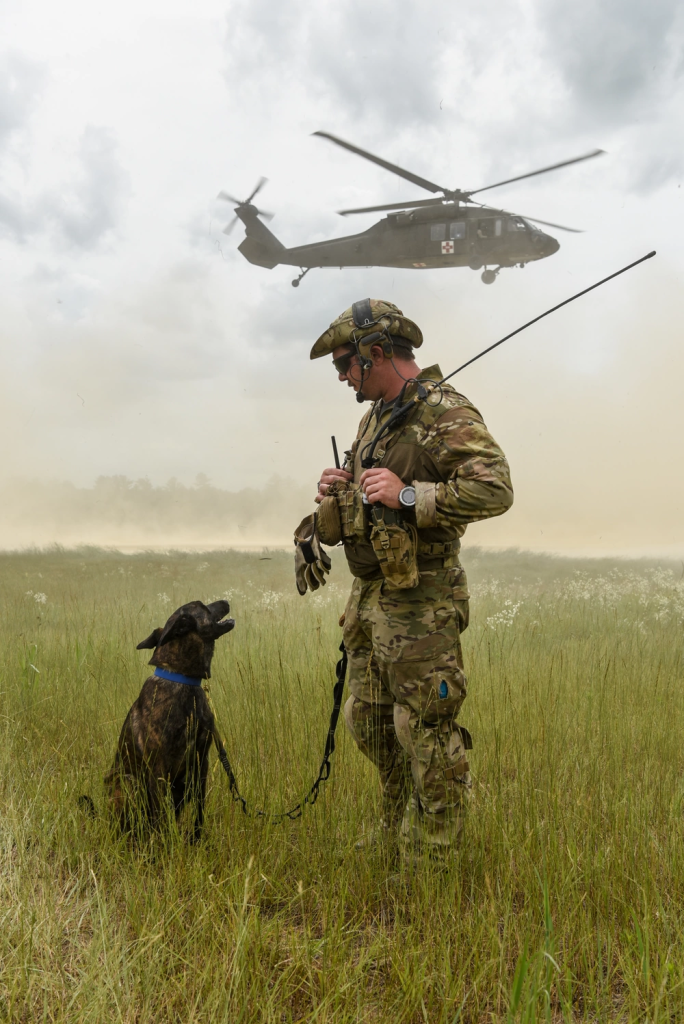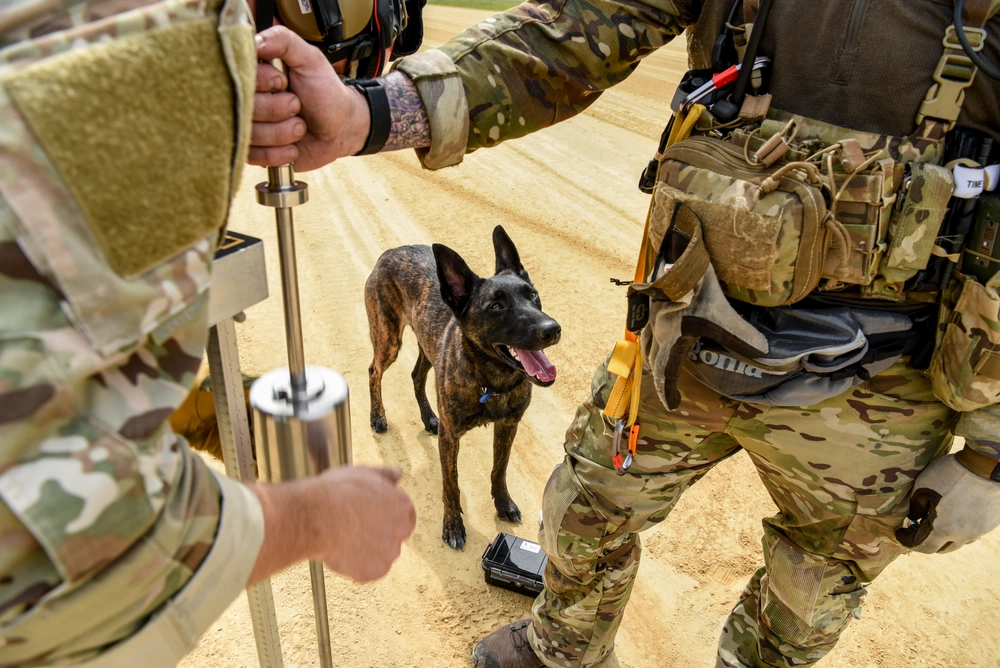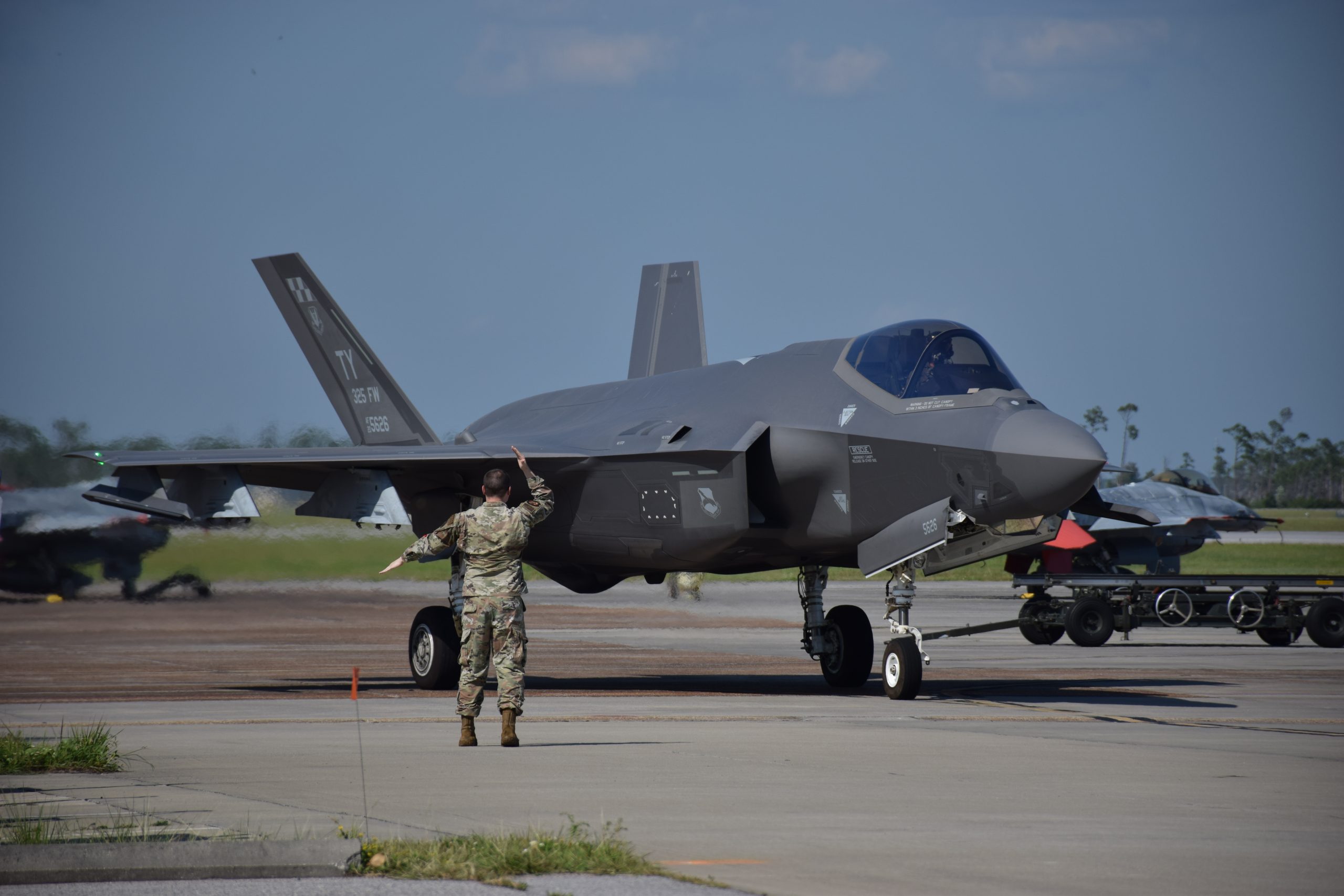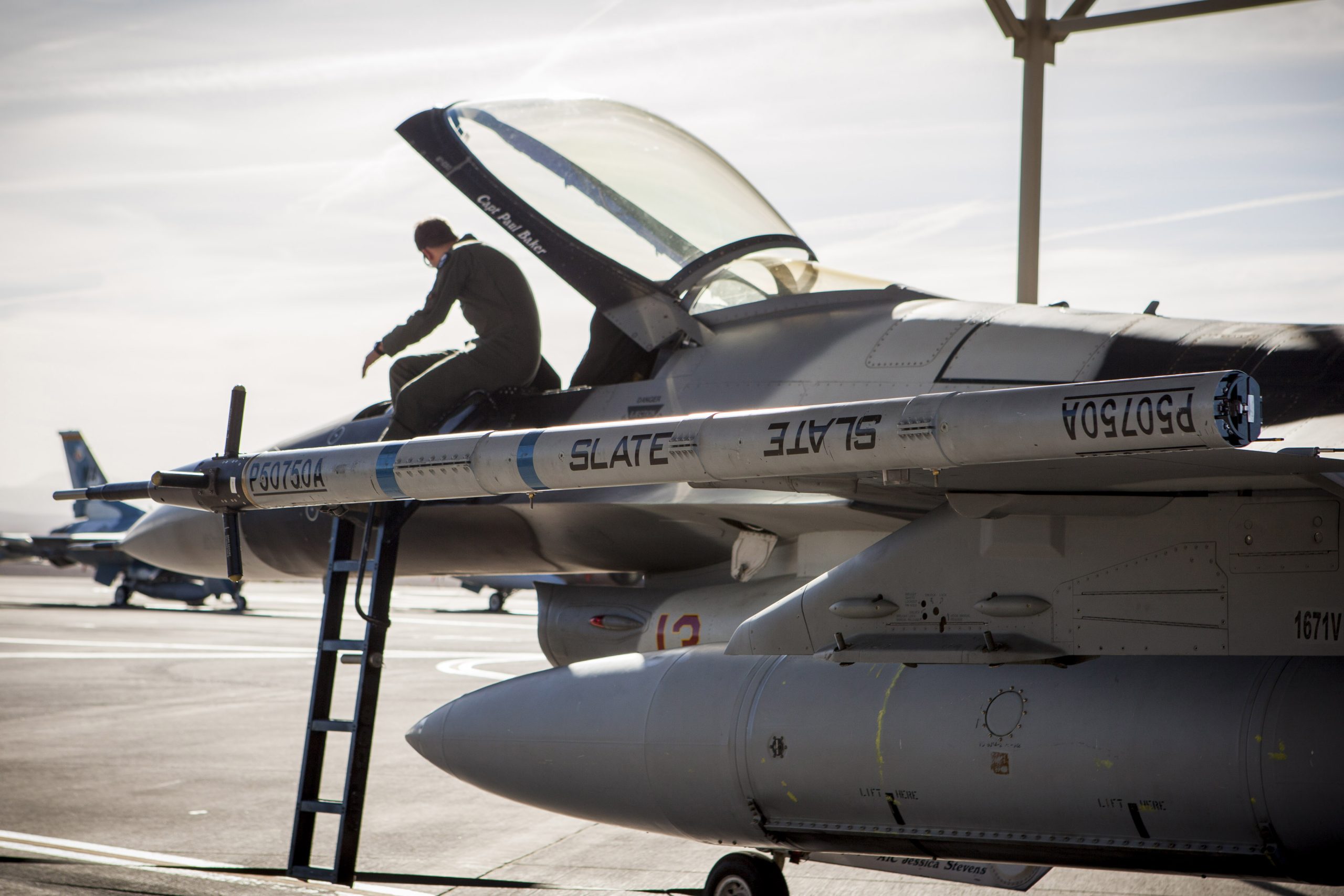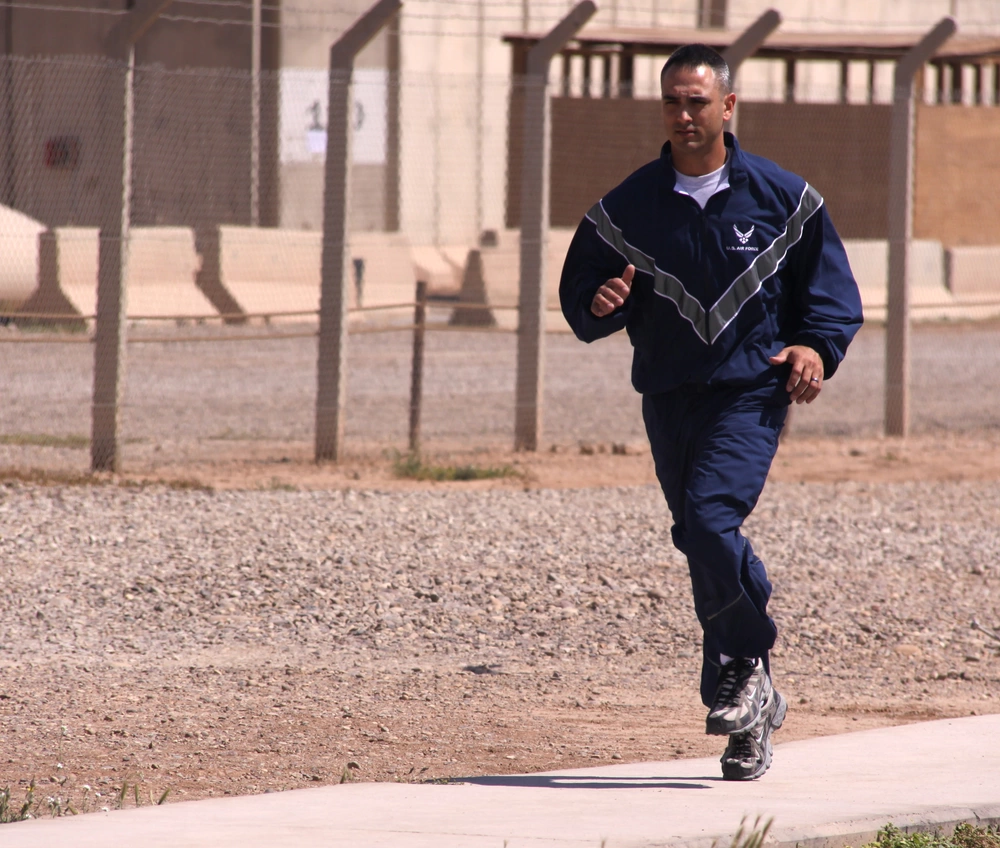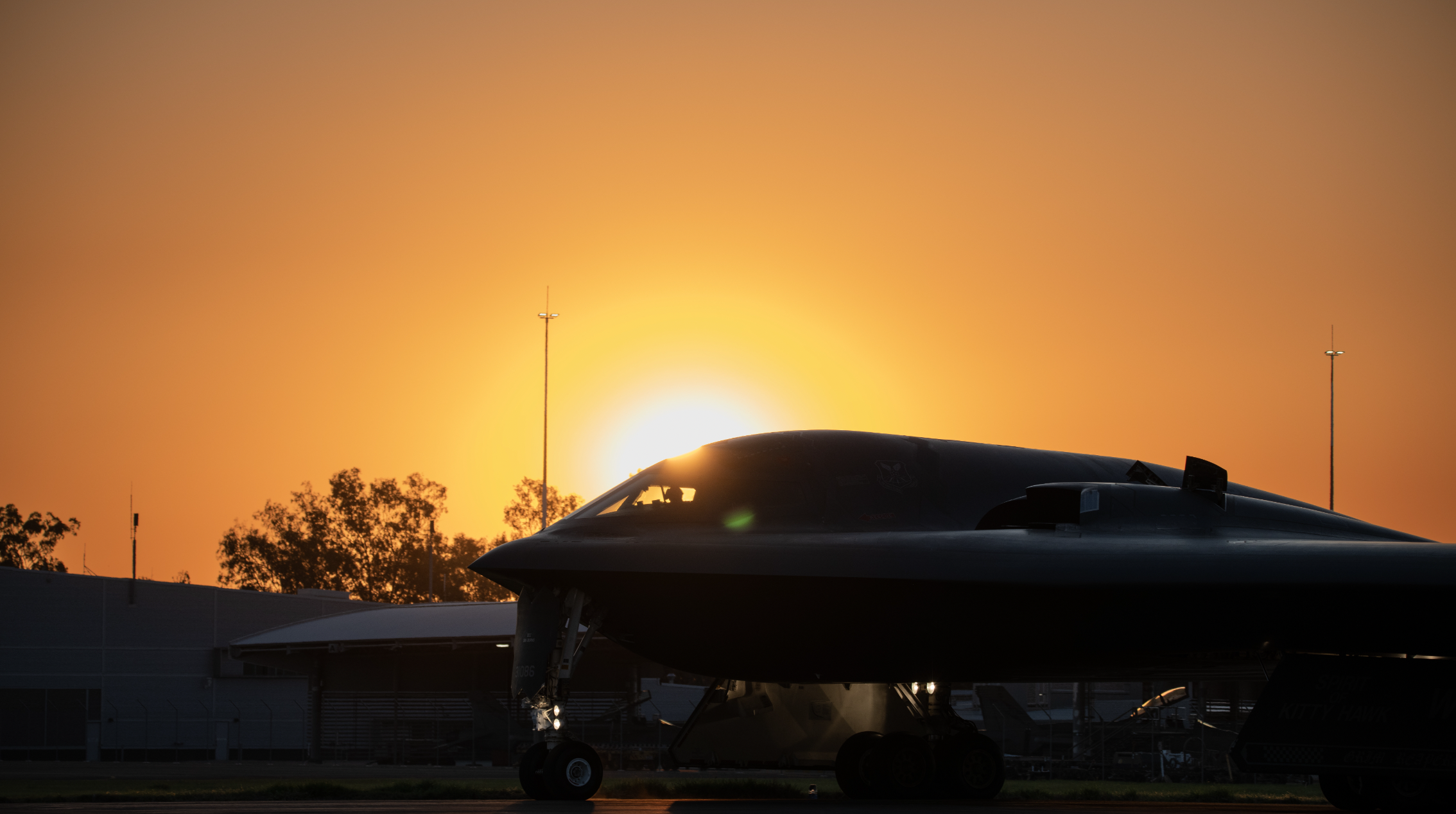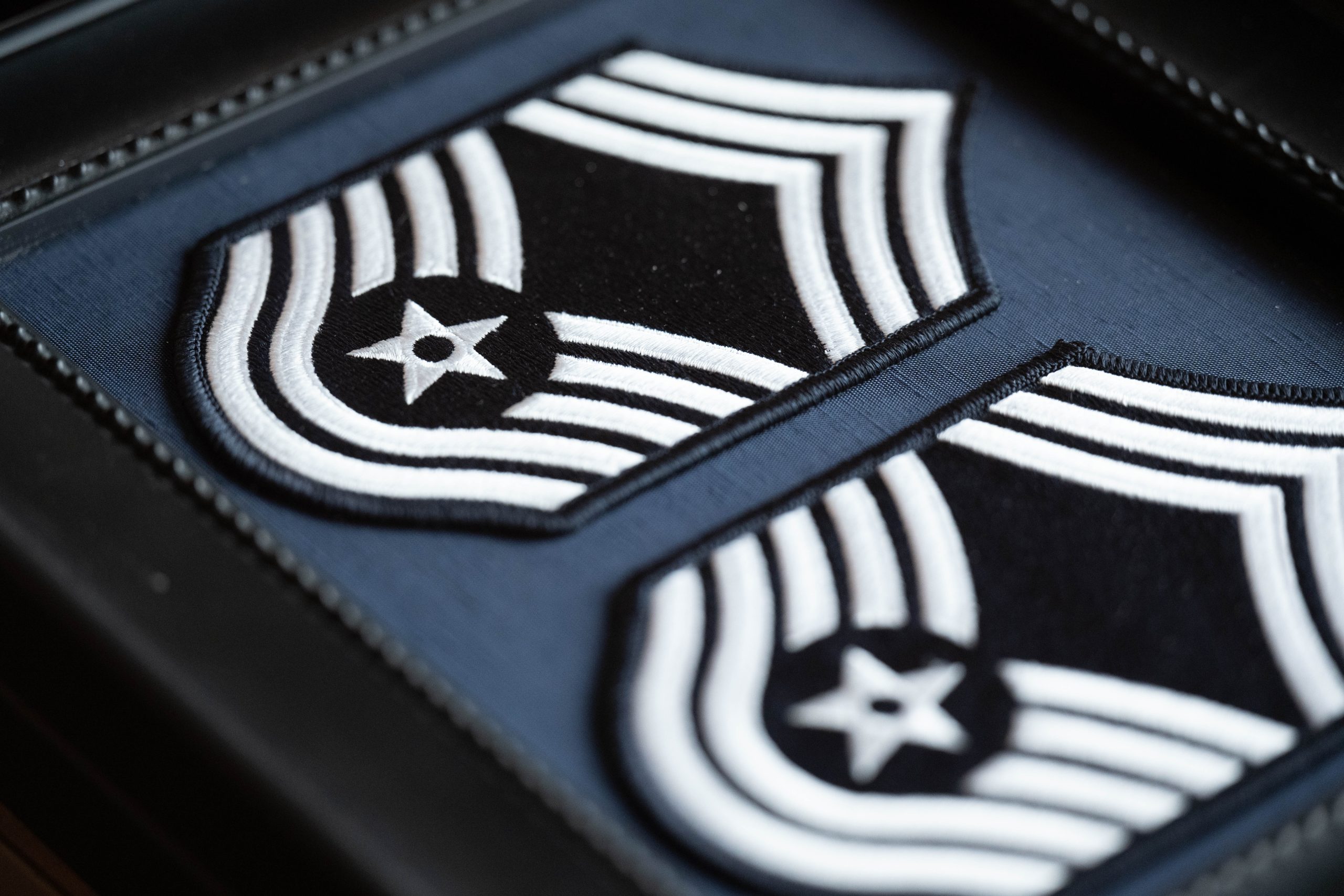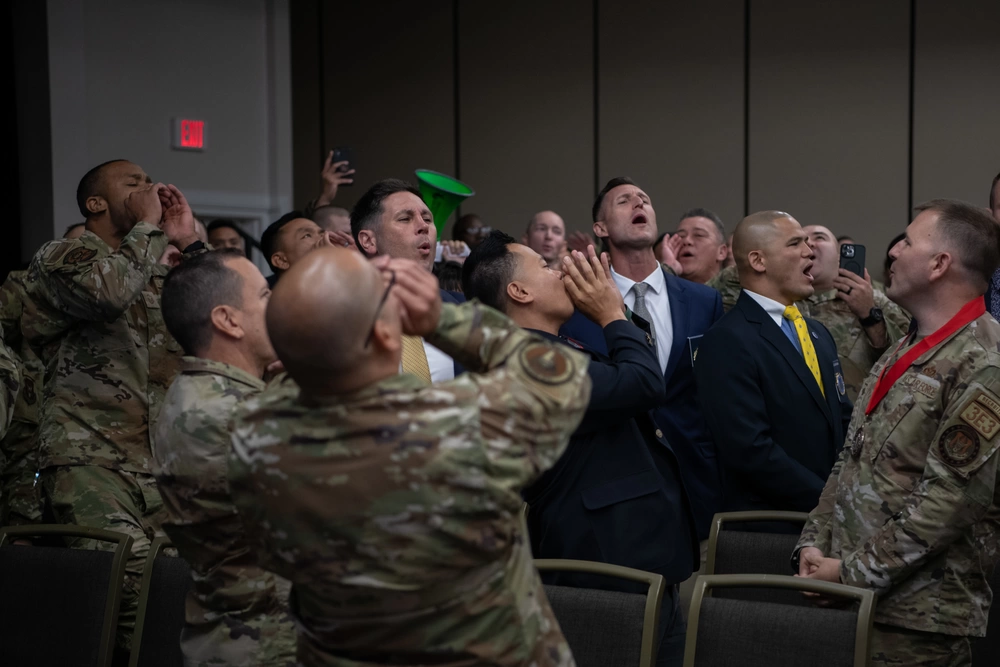It was there, dangling from an HH-60 helicopter’s hoist cable in a snowstorm in the middle of the night, that Master Sgt. Rudy Parsons realized he was part of something special.
A pararescueman with the Kentucky Air National Guard’s 123rd Special Tactics Squadron, Parsons was helping the Alaska Air National Guard search for a 70-year-old hiker who’d gone missing on a trail outside Anchorage. While the rest of the search party was grounded by the foul weather, the Air Guard crew in their rugged HH-60 kept looking.
But Parsons did not descend into the cold darkness alone. His teammate, a Dutch Shepherd named Callie, was strapped to his body, ready to sniff through the avalanche debris below to find the missing hiker. In the end, they could not locate the man, but the Guard’s rapid response and Callie’s sharp nose gave him the best shot of being found.
“That’s the moment where I realized this is a capability that does not exist anywhere else in the world,” Parsons recalled three years later. “And it’s at such a level that this could actually mean the difference for this man’s life … It gave him the most likely chance of survival because of our capability to push out.”
Over the course of her six-year career, Callie—the only search and rescue dog in the Department of Defense—has jumped out of planes, hoisted out of helicopters, and rode to the rescue aboard jet skis, snowmobiles, and everything in between.
“She can do anything a pararescueman can do, besides scuba diving,” Parsons said. “We have a top-tier capability canine that can go anywhere in the world faster than anybody else because we’re part of the United States Air Force and we have all of those assets behind us.”
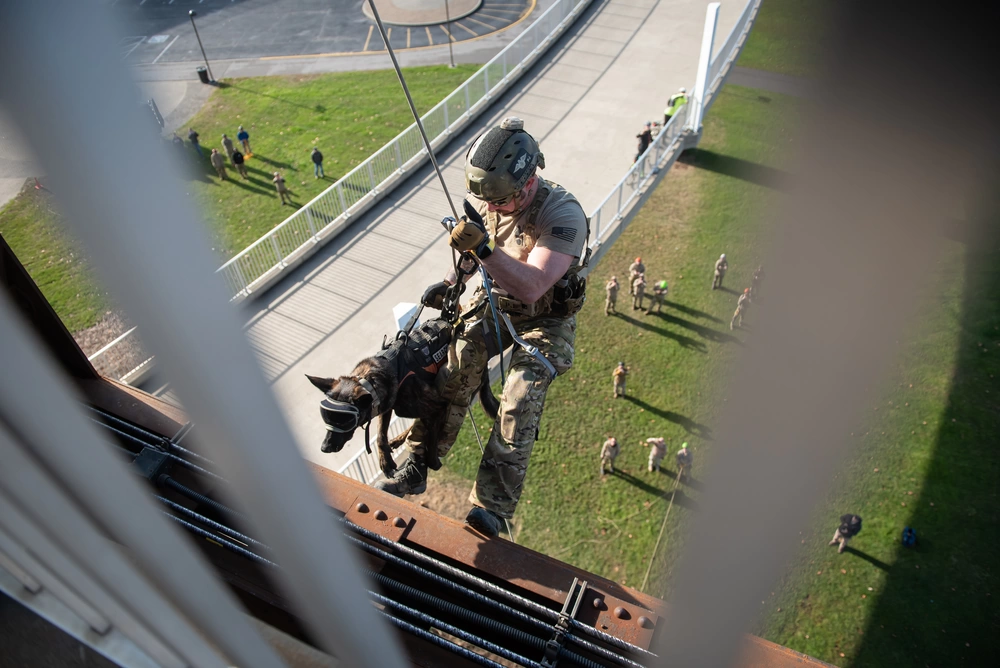
The idea of Air Force Pararescue dogs first emerged after the 2010 Haiti earthquake, where a group of PJs spent three days digging through the rubble of a collapsed school. A canine rescue team from the Federal Emergency Management Agency (FEMA) cleared the pile much faster.
“Within 20 minutes, that dog found there was nobody actually in that pile,” Parsons said. The PJs “had just wasted three days of manpower when they could have been helping out elsewhere.”
PJs are combat search and rescue specialists, but a dog can make the search side much more efficient and effective than any other technology.
“How can we hone our capabilities as search experts as well as rescue experts?” he asked.
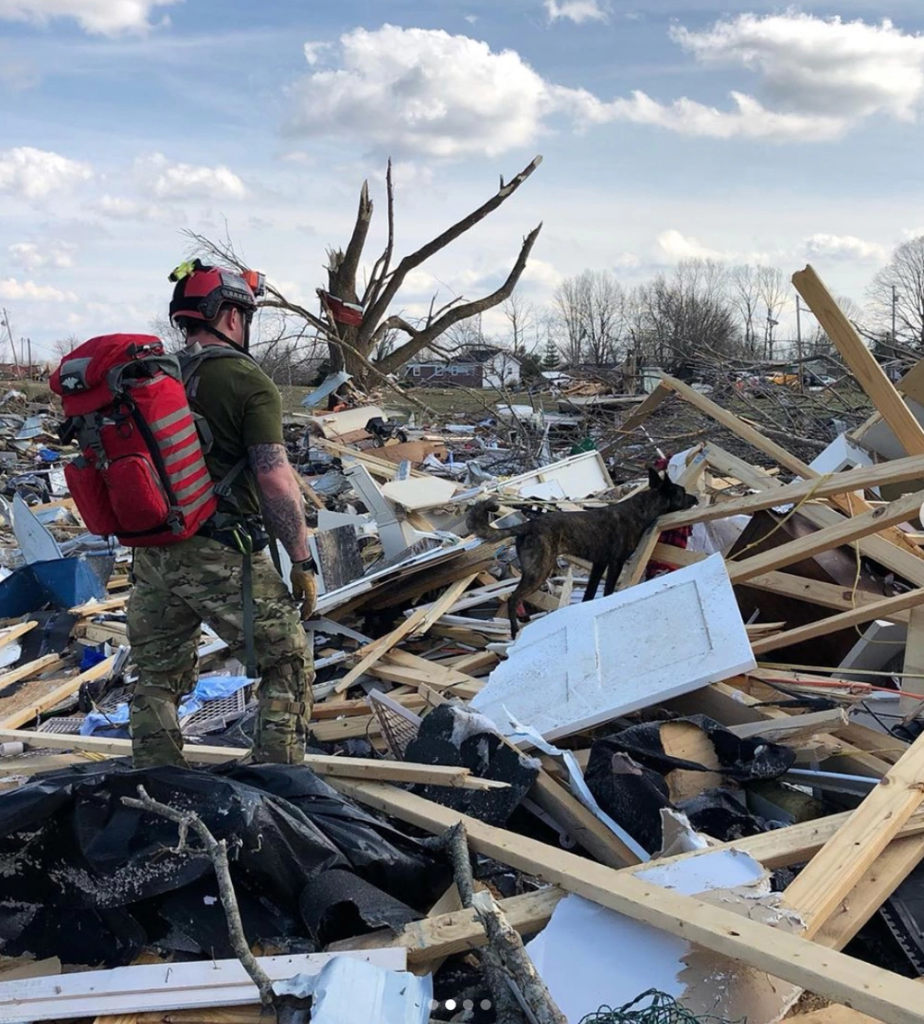
‘Trust Your Dog’
Search and rescue dogs date back to at least the 18th century, when monks at the Great St. Bernard Hospice in the Swiss Alps used the eponymous breed to save travelers in the surrounding mountains. Even before Callie, the U.S. Army and Air Force dabbled with search and rescue dogs during the Cold War, Parsons said.
But after Haiti, there wasn’t a clear path forward on a new program until Parsons got involved around 2017. Parsons spoke with experts around the country, and within four months he started working with the 15-month-old Callie. The young dog was named after an Australian Shepherd who, along with her handler, Peggy Faith, searched the rubble of the Pentagon after it was attacked on Sept. 11, 2001.
It took another three months to pick up certifications in urban and wilderness search and rescue from the Penn Vet Working Dog Center, the acclaimed research, training, and breeding program which raised Callie.
“The hardest part was just learning how to communicate with another living creature that has a mind of its own,” Parsons said. “Luckily for me, Callie’s incredible at her job and she could make up for all my mistakes.”
He recalled one drill where he and Callie had to find a Penn Vets intern hiding in a large warehouse.
“Callie started barking at a tiny cabinet and I’m like ‘there’s no way she’s in there,’” he recalled. Of course, the cabinet opened and out popped the intern.
“That was a big realization for me … you talk to any dog handler, they’re going to tell you the number one thing is ‘trust your dog,’” Parsons said. “Callie is 100 percent every single time. She’s never made a mistake.”
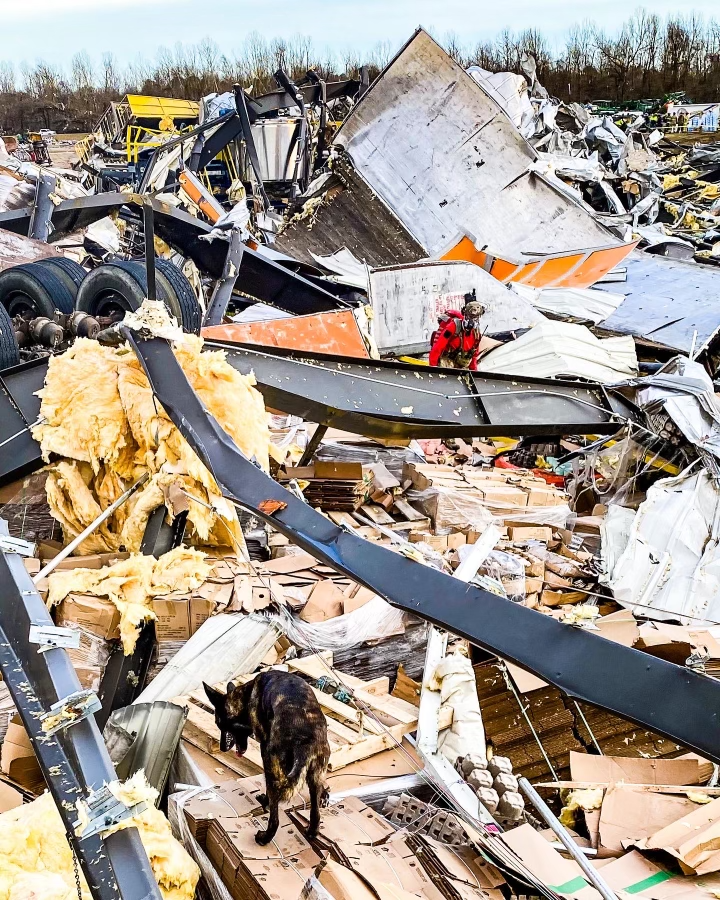
Since then, the pair have responded to tornadoes, floods, missing persons cases, and an avalanche, clearing swathes of ground and rubble in hours compared to the days it would have taken otherwise. In 2021, they responded to a tornado that leveled a scented candle factory in eastern Kentucky. The candle smells were overwhelming.
“Within 15 minutes I had a headache, because it was such a strong smell,” said Parsons, who called Penn Vets to ask if Callie could do her job in such an environment. While working a scent, search and rescue dogs sniff five to 10 times a second, compared to humans who typically breathe once every 1.5 seconds.
“They were like ‘put her on the pile and watch,’” he recalled.
Sure enough, Callie and Parsons cleared the factory and found the remains of two people in the rubble. When a FEMA team arrived about 10 hours later, Parsons already had the spots marked on a map so they could quickly confirm the findings, giving resolution to the victims’ families that much faster. An Air National Guardsman, Parsons appreciates being able to help his neighbors during a crisis.
“These are people that we drive by and we see regularly, so it’s been very neat to have this capability that helps those around us directly,” he said.

‘She’s One of Us’
Search and rescue work takes a toll on dogs just like it does on people. Callie’s been bit by a rattlesnake, had surgeries on both of her knees, and taken plenty of scrapes over the years. Rescue dogs typically work barefoot so they can keep their balance while climbing through rubble piles, so Callie got a few bad cuts while climbing through the “Dr. Seuss landscape” of the wrecked candle factory, Parsons said.
“She was in pain but just kept working and did her job exceptionally,” he said. “It just shows how stoic these dogs are. They’re amazing.”
Like her ability to skydive, Callie’s wounds and stoic attitude are part of what makes her a PJ.
“I can’t relate to a drone, but I can really relate to Callie,” Parsons said. “I’ve had knee surgeries, I’ve had back injuries … She’s putting herself on the line just like we are. She’s one of us.”
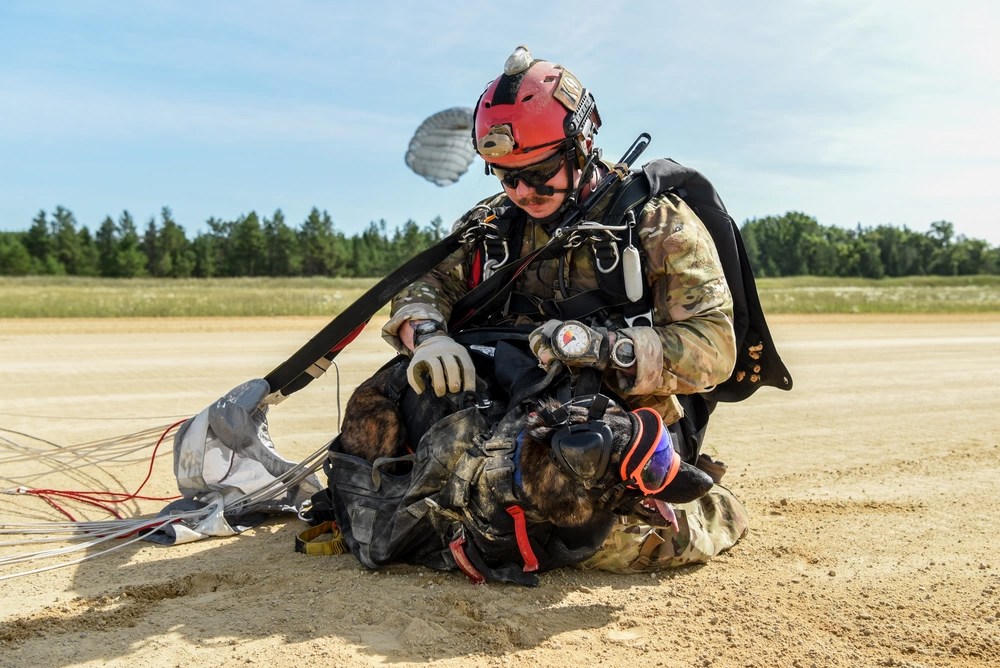
But even special operators have to hang up the hat someday, and Parsons anticipates the seven-year-old Callie will retire within the next year. The 123rd Special Tactics Squadron is looking to replace both Callie and Rudy, who wants a successor to keep the program going.
“I think for it to be sustainable, I can’t shoulder it the whole time,” he said. “So as much as I want to stay in and do it the rest of my life, I think I need to share the blessing.”
Could a search and rescue canine benefit other Air Force rescue and special tactics squadrons? The appetite is there, Parsons thinks, but manning is a challenge, since special operators are already swamped with training and mission requirements.
Parsons himself did not realize how much work it takes to hone a world-class canine rescue team. For example, before he could jump out of an airplane with Callie strapped to his chest, he took three months getting her comfortable with her jump bag: first having her nap in it, then jumping off benches with her in it. Same thing for her goggles, ear protection, muzzle, and the airplane itself.
“Before Callie jumped she had over 100 hours of flight time,” Parsons said in a 2022 interview. “We’ve put a lot of time and effort into this.”
When Callie finally retires, Parsons will officially adopt her. But after years of nonstop adventure, Callie’s retirement promises to be anything but quiet.
“I’ll see if I can help her relax,” Parsons said. “I don’t know if she’s able to.”
